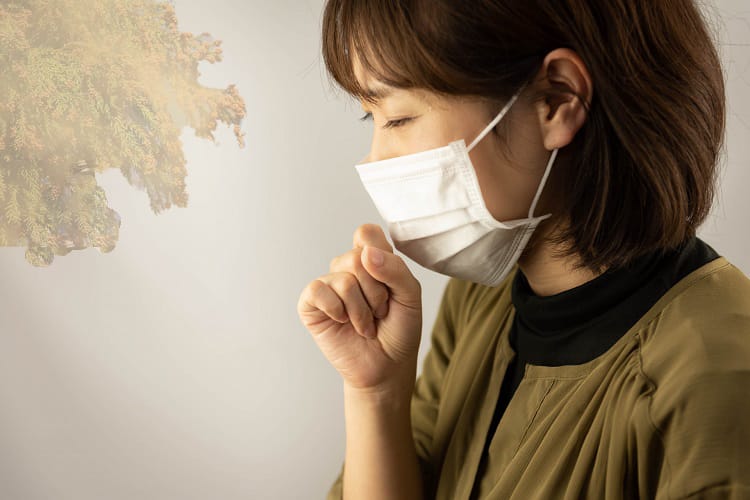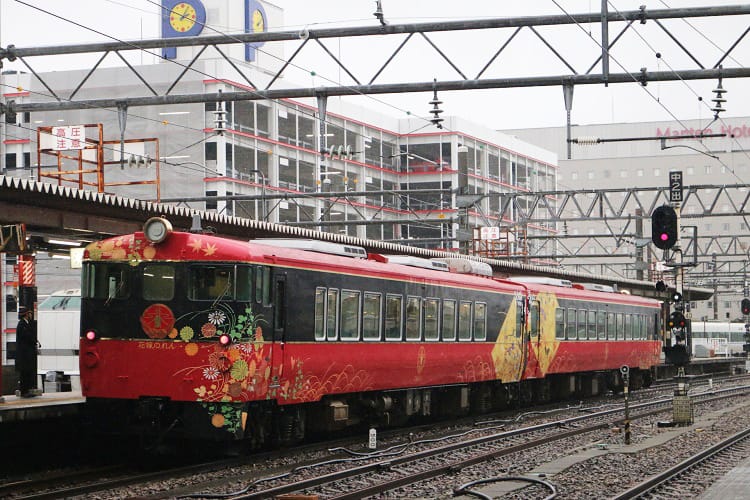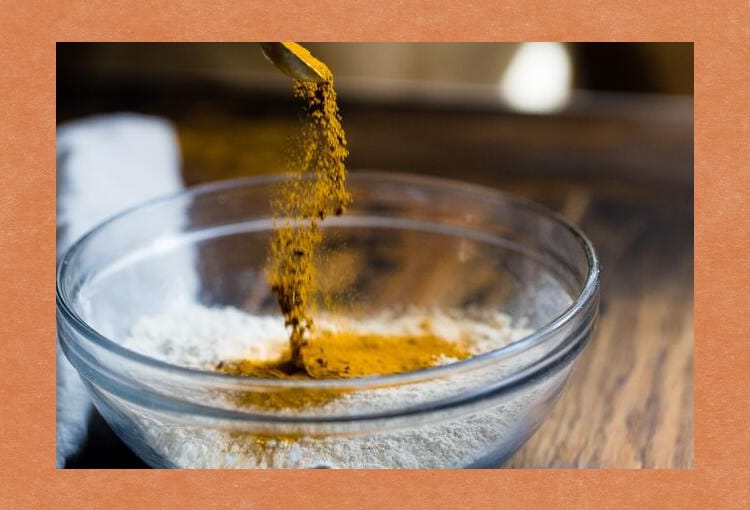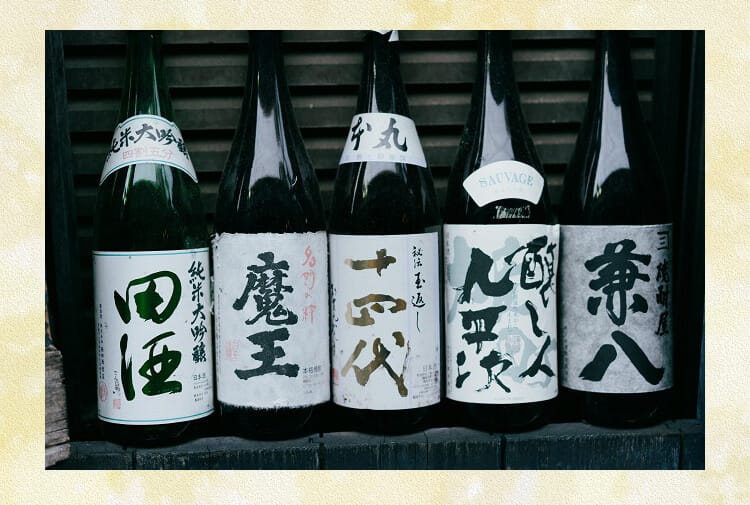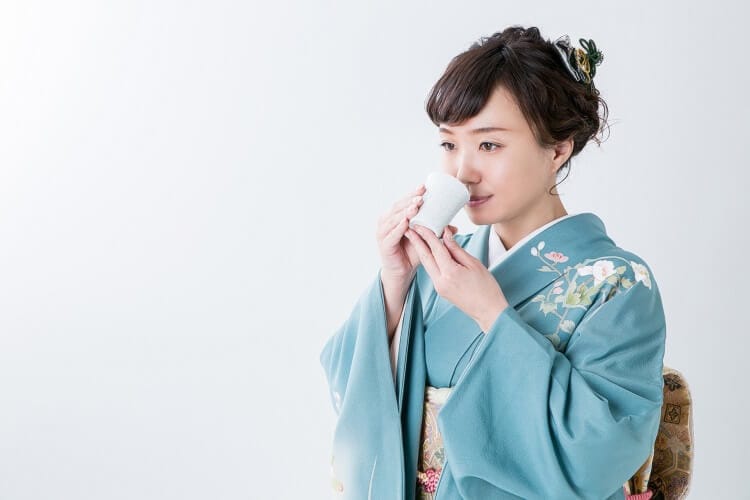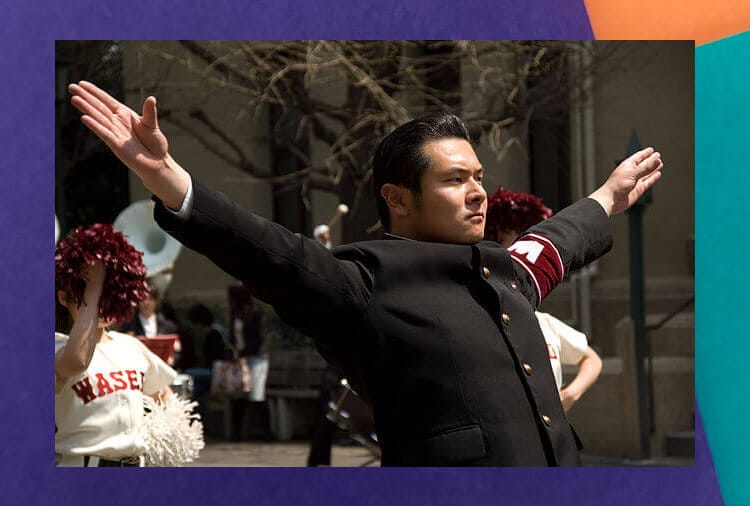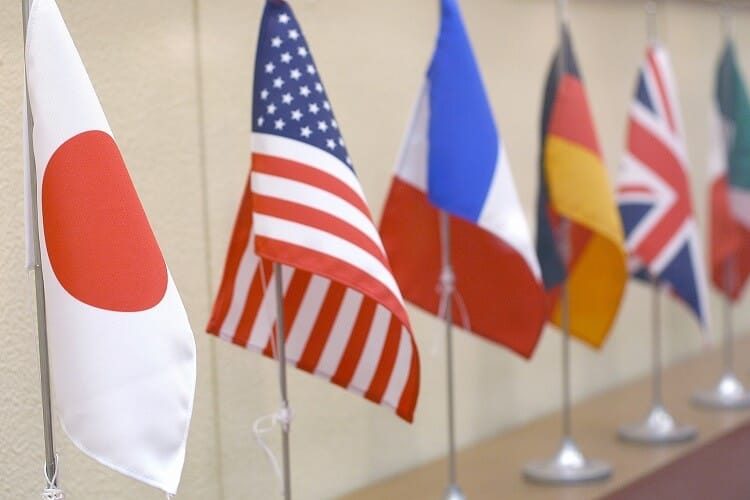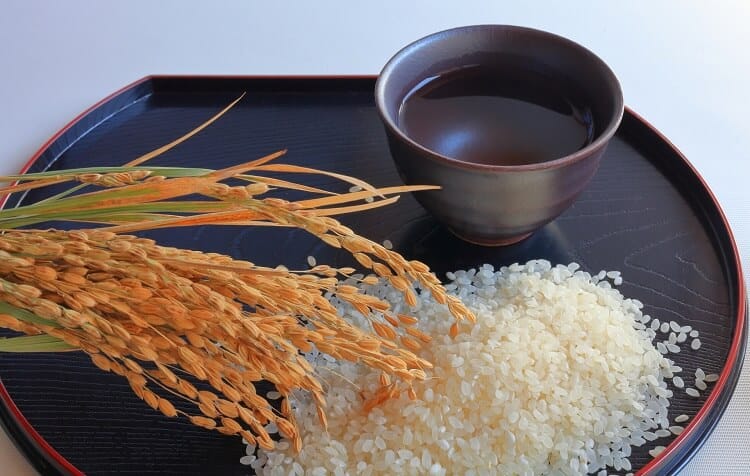
In general, when making ginjo or daiginjo, it is common sense to use sake-brewed rice such as Yamada Nishiki and Hyakumangoku. Recently, however, the number of sake brewers that make sake in Koshihikari has increased.
Koshihikari is certainly delicious when cooked and eaten, but it is not said to be highly brewed. So why use Koshihikari for sake brewing?
And is the sake made with Koshihikari really delicious? What is the sake made with “Classic Koshihikari”, which has a lower production volume?
In this article,
- The difference between the extremely rare “Classic Koshihikari” and the “BL Koshihikari” sold at the store
- The meaning of "terroir" in sake
- Classic Koshihikari Daiginjo `` Phantom Sake '' that restored the disappearing terraced rice
I will introduce you to
[Sake in Koshihikari] The difference between sake brewing suitable rice, sake brewing suitable rice, Koshihikari
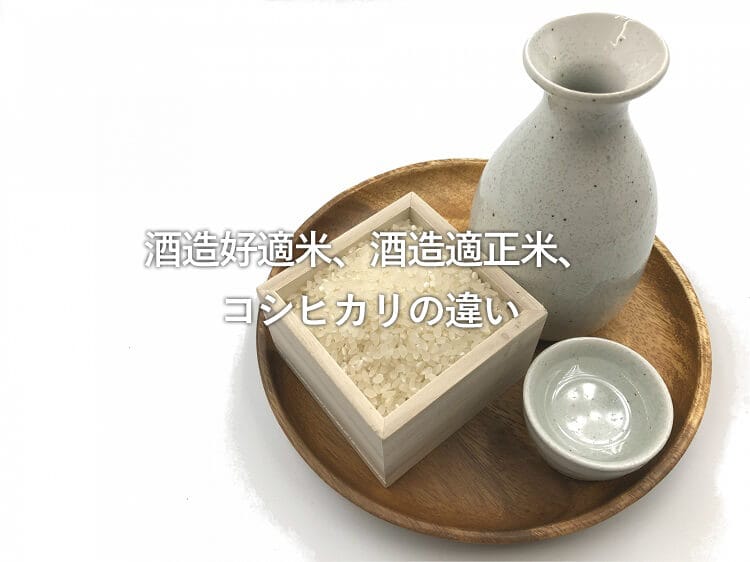
In order to make delicious sake, it is necessary to examine and select raw rice and water, rice bran and yeast, which affect the taste of the finished product. The important point in selecting rice, the main ingredient, isWhether it is rice that allows the sake brewing process to proceed smoothlyThat.Rice that meets that demand is suitable for sake brewingIt is said.
“Even if it fails a little, it seems that Yamada Nishiki will manage it. It has that much power.”
What is sake suitable rice

In order to aim for a delicious sake according to the blueprint, “This time, we will make sake with such a flavor and aroma,”Select sake rice necessary for koji making, the most important processTo do. The characteristics of sake rice to choose here
- Large heart and large grains→ Can remove protein and fat that cause miscellaneous taste
- There is no stickiness→ Even steamed rice is easy to handle as flipping. Work to seed moths is quick
- High water absorption rate for steamed rice, easy to dissolve and easy to saccharify→ Since it does not take time to ferment, it is difficult for bacteria to enter
Meet the above conditions,The best rice for sake brewing is the best rice to enhance the taste and aroma of sake and handle the sake brewing process without delay..
About “Sake Brewery Suitable Rice”please use this form.
↓
🔸 This price for this taste?[5 recommended regular sake] using Yamada Nishiki with word of mouth 🔸
Daiginjo, Junmai Daiginjo, Ginjo, Junmai Ginjo, Special Honjozo, Honjozo, Junmai Sake, etc. are called specially named sake, and the rice that is used for sake brewing is selected. The top 5 often used in sake-brewed rice is ...
With sake brewing appropriate rice
Sake also includes sake made from ordinary rice other than brewing suitable rice.
Rice as a raw material is relatively cheaper than brewer's preferred rice and is also called “Sake Brewery Appropriate Rice” to distinguish it from edible rice, such as Kameno, Toyonishiki and Nipponbare.
About Koshihikari
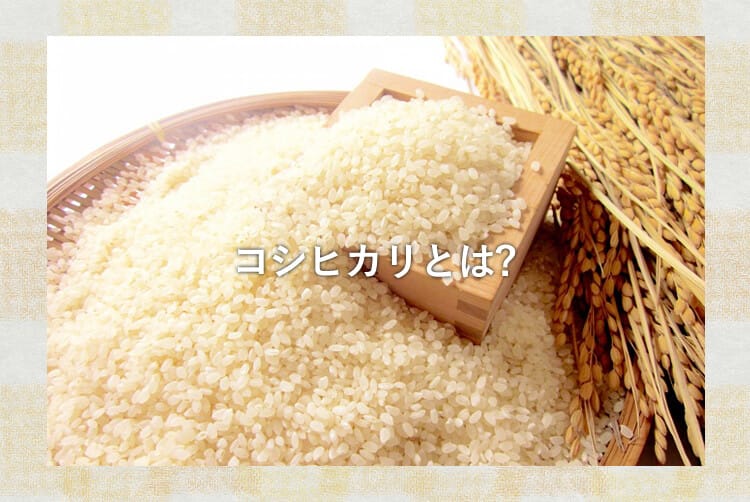
For “Sake Brewing Suitable Rice for Smooth Sake Brewing” and “Sake Brewing Suitable Rice for Sake Brewing”Koshihikari is edible riceis. Koshihikari, which is neither brewer's suitable rice nor brewer's suitable rice,3 features not suitable for sake ricethere is. that is,
- Strong stickiness of Koshihikari
- Small size that can not withstand polishing
- “Kokoro” is said to be necessary for sake brewing.
The above is explained in detail.
Koshihikari is sticky
View this post on Instagram
Koshihikari boasts an overwhelming popularity due to its sweetness and strong taste.How delicious Japanese sake is made with such delicious riceThat's true ... Japanese sake fans who eat Koshihikari have had a dream.
However, the more delicious it is, the less suitable it is for sake brewing. This is because tenacity, one of the reasons why Koshihikari is so popular, is in the way.
Certainly, Koshihikari is the three elements that Japanese taste for rice,
- Mochi mochi
- sweet
- Sticky
Has an outstanding balance,The number one brand of edible riceIt has become. However, sticky rice takes a lot of sticky work when seeding.
On the other hand, when brewing suitable rice for sake brewing,
- hard
- Not sweet
- Have a hard time
It is not suitable for edible use, but it is convenient for sake brewing.
Koshihikari has small grains
The surface of rice is covered with vitamins, proteins and lipids. However, they are not necessary to make a smooth and beautiful sake.Proteins turn into amino acids and create miscellaneous tasteIt is.
To make Daiginjo sake, you need to polish more than 50%,
- Koshihikari is cracked in the middle of shaving because its grains are small and hard
- Sake brewer's preferred rice is large and soft, and will not crack even when shaved
There is a difference. It is an indispensable polishing process in order to avoid miscellaneous taste, but Koshihikari cannot withstand.
↓
🔸 Was that so!A list that shows the types of complex sake at a glance 🔸
Sake, which has a higher degree of polishing rice, has less protein and oils and is made only of starch. Enjoy the refreshing taste of ginjo incense with no miscellaneous taste ...
Koshihikari has a small heart
View this post on Instagram
The characteristic of brewing suitable rice is “Kokoro” that is large enough to be visible.thing. Heart white is the portion of the above image that looks whitish in the center of rice.
It is said that this starchy heart is necessary to ferment rice. For rice with heart,
- There is a gap between the starches that make up the heart* 1
- Rice with heart white cracks when it absorbs water, and fermentation is easy to proceed because gonococcal hyphae enter through the gap
- Soft starch lump is hard to break even if polished
There is a merit that.
However, the heart of Koshihikari is so small that when it is polished, the rice may break before reaching the heart.
[Sake with Koshihikari] Is sake made with Koshihikari really delicious?
As mentioned above, it has been explained that it is safer to use sake-brewed rice to make sake, but in fact, there are not a few sake brewers that make sake in Koshihikari.
The reason behind this is the emergence of high-performance rice mills, which made it possible to achieve 50% of rice milling even in Koshihikari, which is hard and easy to break.
A long-established store in Niigata is a classic Koshihikari and Junmai Daiginjo
Junmai Daiginjo “Iwao” from Niigata City, Niigata Prefecture, which has a history of more than 220 years, is brewed by Tanada's classic Koshihikari.. The water is named after the “King of the mountain stream” rock fish, which uses only natural water from Mt. Haruna and lives only in the cleanest water stream upstream.
→Click here for Amazon Classic Koshihikari Rock Fish
Imadaji Sake Brewery, while taking over traditional sake brewing skills, is also making efforts to open up the brewery and deepen understanding in order to convey the goodness of sake to those who have never experienced sake.
Imadaji Sake Brewery is located within walking distance from Niigata Station, the gateway to Niigata Prefecture. If your friends come from abroad, why not enjoy a brewery tour and tasting together?
Click here for “Imadai's Sake Brewery Tour”
↓
Slowly tour the brewery and have a tasting, then take a walk while enjoying the surrounding cityscape and nature without being bound by time. If you get tired, use a hot spring
Sake brewery that does not use rice other than edible rice appears
View this post on Instagram
Shirasugi Sake Brewery in Kyoto (Kyotango City, Kyoto Prefecture), which made only ordinary sake. Sake sales were decreasing year by year,Sales started well and the amount of brewing increased by 3 by brewing sake using only edible rice such as Koshihikari and Sasanishikidoing.
→ Click here for Amazon Shirasugi Brewery
Koshihikari Junmai Daiginjo won the gold medal
View this post on Instagram
The existence of Koshihikari Junmai Daiginjo “Kuramitsu” from Kikusui Sake Brewery (Shibata City, Niigata Prefecture) is the evidence that Koshihikari is not suitable for sake. In the 8 “The Sake Award for Delicious Sake in a Wine Glass”, we won the highest gold award in the Daiginjo category.
→Click here for Kikusui Sake Brewery Koshihikari Amazon
Experts' opinions and the presence or absence of emotions are only one factor in brewing suitability
Many people have thought that only sake brewed from brewing suitable rice with a big heart will be award-winning sake.Sure. Certainly, using rice suitable for sake brewing will save you from wasting energy in sake brewing.
But,Thanks to technological innovation, even small rice can be polishedNowFrom now on, "the era of technology from rice"It may be said that.
Whether or not there is suitability for sake brewing depends on the nature of the whole rice grain, and the presence or absence of heart white recognized in appearance may be only one factor.
The only difference between the two is whether or not there is any interest, and the starch accumulation state of rice grains is the same.Source: Atsushi Uejima “Inheritance of heart white expression in sake rice”
[Sake in Koshihikari] Sake is a place that produces delicious rice! "Terroir-oriented Junmai Daiginjo"

In the past, it was natural to brew sake using locally harvested rice and consume it locally. However, as distribution develops,Sake brewer's rice, famous for Yamada Nishiki in Hyogo, is available all over Japan.As a result, the number of sake brewers who brew sake using famous rice has increased. Because of thatSake that feels the local culture and climate is decreasing year by year.
In the sake market of “brand-priority”, where you can buy hot sake on the Internet even if you buy izakaya,Choosing by the characteristics of the production area is secondary.
But recently,
- Using rice harvested from the land, brewing on the land using the water in the land
- The taste and quality of sake is determined by the local culture
, which is themed around Brewing sake using the “terroir” conceptSake Brewery has also appeared.
このTerroirIt ’s difficult to understand in French,SepageMay be easier to understand.
Terroir is a concept for cepage
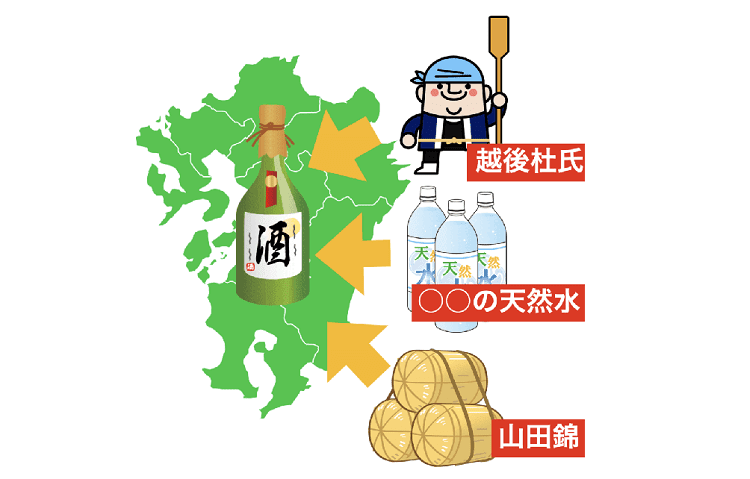
For example, if Kyushu sake brewery purchases Yamada Nishiki from Hyogo prefecture special A district, collects famous natural water that is not locally produced, and calls Mr. Echigo Kaoru, it is expected to be an excellent sake.
However, it cannot be said that there is a terroir. This is classified as a cepage. The term Sepage used in the wine world has the following meanings:
- Wine quality is determined by grapes, not by land
- As long as the grape varieties are good, you can make fine wines anywhere in the world
- Can be made anywhere, leading to increased production
The sake brewery in the above example isThe quality of sake is determined by rice.It can be said.
In contrast, in French winemakingA terroir is a geographical area that highlights the characteristics of wine..
In particular,A mix of soil, slope, altitude, temperature, sunshine duration, daytime temperature difference, human factors involved in work, etc., where the vine growsso,An important background that determines the taste of wineIt will be.
Therefore, terroir in sake can be understood as follows.
- Use rice harvested from the land
- Use natural water that springs in the land
- Brought by the brewer who lives in the land
Sake made with a strong emphasis on the terroir is reminiscent of the local climate and the local cuisine..
This is the terroir in sake,It has a taste that can be differentiated from sake made in other regions.Thing.
[Sake with Koshihikari] Grand Cru! Terroir-inspired “phantom liquor” is born
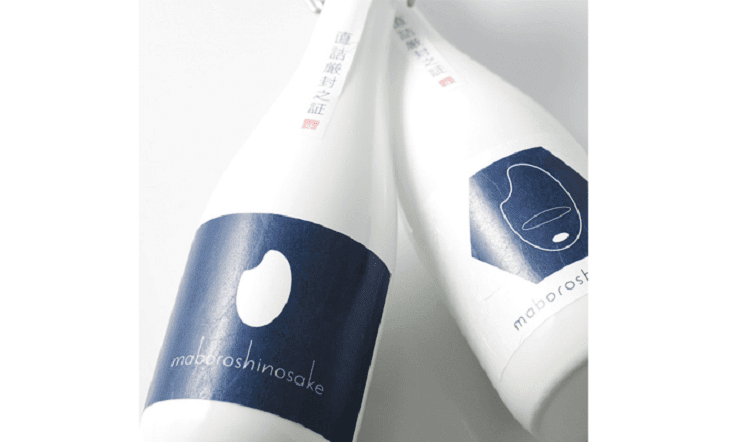
So far,
- Sake brewing using Koshihikari
- Sterile sake brewing
Has been introduced.
In fact, everywhereSake brewing to make local sakeIs increasing.
In such a situation,Grand Cru class sake with bothWas.
That is, Junmai Daiginjo "Phantom Sake".
→Click here for Amazon Classic Koshihikari Phantom Sake
“Phantom Sake” is not a common sakeThe grounds are listed below.
- Rare value is the highest among KoshihikariClassic KoshihikariChoose
- In an environment that produces the finest riceRice terracesPlanting
- Thawed underground waterI was raised usingClassic Koshihikari from terraced rice fields in NiigataIs used
- It was brewed from a long-established sake brewery along the same streamSake
"Grand Cru" is a word used to rate wine fields in FranceAnd in the field that produces burgundy wine grapesHighest rankingMeans that
Similarly,Tanada is the best land with the best conditions for raising classic Koshihikari.Such you.
Rareness of classic Koshihikari raised in terraced rice fields

"Phantom Sake" is brewed in Niigata, the sake kingdom, and the raw rice is raised in rice terraces in NiigataIs used.
→Click here for the candy drink amazake made with this rice
However, the number of farmers who grow classic Koshihikari has been drastically reduced. The cause is the development of BL (Blast Resistance Lines), Koshihikari, a varieties resistant to blast.
Classic Koshihikari that cannot be shipped to the agricultural cooperative
Currently99% of Koshihikari from Niigata Prefecture is BL KoshihikariAccounted for.
Since the agricultural cooperative receives only the recommended BL Koshihikari, most farmers switch to BL Koshihikari cultivation. Therefore,Only Koshihikari can be purchased at retail stores and supermarkets..Many people who have never eaten classic Koshihikari even though they are NiigataAs much asDifficult to obtain riceSuch you.
Work is 2 times, harvest is 1 / 2 Tanada Classic Koshihikari
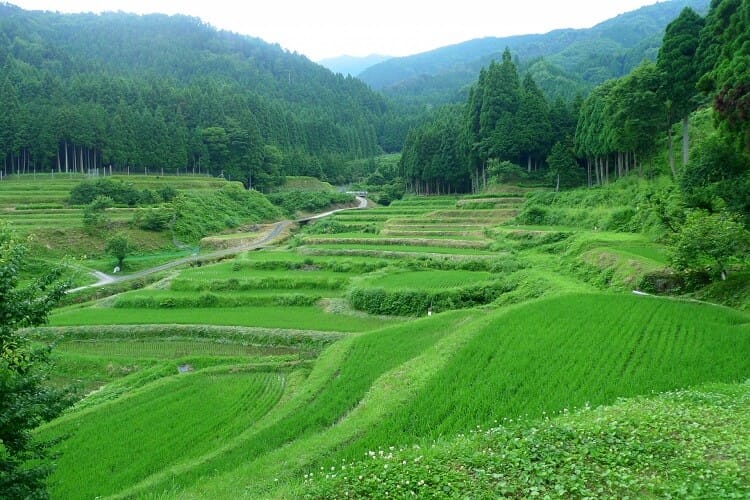
While sake brewing using Koshihikari has been attracting attention,“Phantom Sake” brewed from the terroir of classic Koshihikari from terraced rice fields in Niigata PrefectureHowever, at first, it was extremely difficult to secure classic Koshihikari in terraced rice fields.
In the terraced area, depopulation and aging have further progressed, and not only the farmers but also the residents themselves have disappeared. It started to become a problem.
Rice terraces have steep slopes, and the farming units are narrow, making it difficult to use farm equipment..Contrary to the beauty of the landscape, it requires extraordinary effort to maintain it.will do.
Even in Niigata, the number of farmers who give up rice cultivation on terraced rice fields is increasing due to the aging of farmers, and terraced rice fields that have been abandoned are becoming a problem.
However, in order to protect the landscape of terraced rice fields and to make the best classic Koshihikari, persuaded the rice terrace farmers and kept their heads down in 15.Junmai Daiginjo Sake finally realized is "Phantom Sake".
Classic Koshihikari can be cultivated on flat ground,Rice cultivated in “Tanada” is even higher end.Koshihikari grown on terraced rice fields above the altitude of 300m or higher has a high temperature difference between morning and evening and good sunlight, so it has a strong sweetness.Comes out.
Difference between Classic Koshihikari and BL Koshihikari (referred from the reviews)
| Classic Koshihikari | BL Koshihikari | |
| taste |
|
|
| Sweetness |
|
|
| Stickiness |
|
|
| Texture |
|
|
| Others |
|
|
Classic Koshihikari is sweet, umami, sticky, shiny, chewy and chewy!Its taste surpasses other Koshihikaridoing.
Megumi water brought by the thaw of the mountains
Niigata is one of Japan's leading heavy snowfall areas. In particularThe large amount of snow that has deeply piled up in the mountains becomes thawed water in the spring, and it is the best preparation water not only for making rice but also for making sake.It will be.
I often hear that wine is made of soil,Along the reed and clear water stream, rice terraces and sake brewery are on the same soil and benefit from the same water stream, A terroir-oriented sake made with attention to consistency. In other words, it is a narrative sake that characterizes “Sake is made of water”.
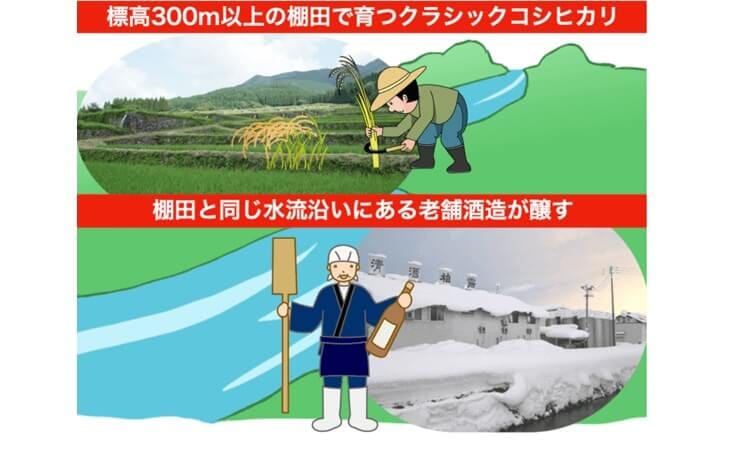
“Phantom Sake” is made in the terroir of the three regions.
| Terroir | Wed | Terraced rice fields | 醸 造 所 |
| Fermentation Town-Niigata City | Water of the Agano River tributary Tsunagi River | Aga-cho, Kashihara-gun (Mikawa Village) | Imadaji Sake Brewery (Niigata City, Niigata Prefecture) |
| Clear stream village-Shimogoe district | Kaji River tributaries | Niojidake terraced rice field (Tagai village) | Kinrei Brewery (Shibata City, Niigata Prefecture) |
| Snow Country Center-Chuetsu | Shinano River tributary Shibukai River | Rice terraces in Higashiya | Tsujiro Sake Brewery (Nagaoka City, Niigata Prefecture) |
[Sake in Koshihikari] The taste of the classic Koshihikari Junmai Daiginjo Sake “Phantom Sake”…
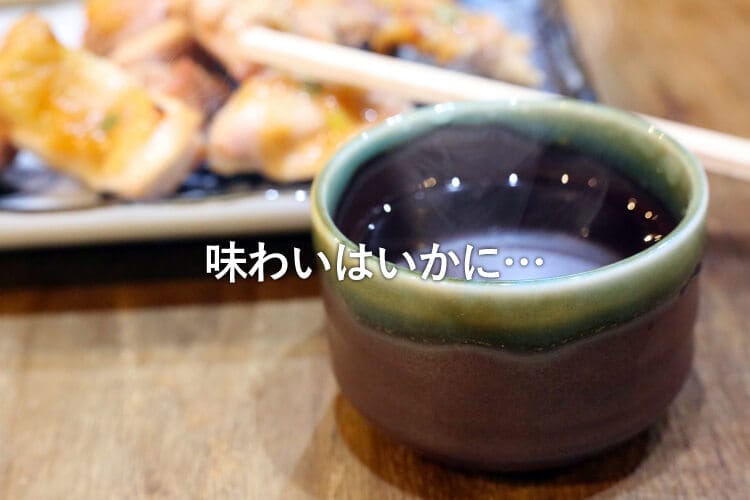
Sake made with Koshihikari has become common. However, I was brought up in terraced rice fields with help,The only sake brewed in Niigata Tanada Classic Koshihikari is “Iwao” and “Phantom Sake”. And “Phantom Sake” was made with a commitment to the same water flow. You can't find this kind of sake anywhere in Japan.
The taste is plumpIt has umami, strong body, and unique gentle sweetness that is only found in classic Koshihikari.. Now that dry sake is touted,The exquisite balance of sweet and dry seems to be liked by women!
The moderate acidity will wash away your mouth while leaving a lingering finish, and the discreet Ginjo incense will not disturb the flavor of the food,For accompaniment during meals ◎
When enjoying “Phantom Sake”, it is recommended that you enjoy a deep taste in a thin rice glass!
View this post on Instagram
↓
🔸 I can't wait for the evening drink!6 Recommended "Sake Set" for Fashionable Sake 🔸
Why don't you drink it with a stylish set of liquor instead of a regular errand or a glass? The supper time at the end of the 1 day turns into a relaxing healing time ...
[Sake in Koshihikari] Summary
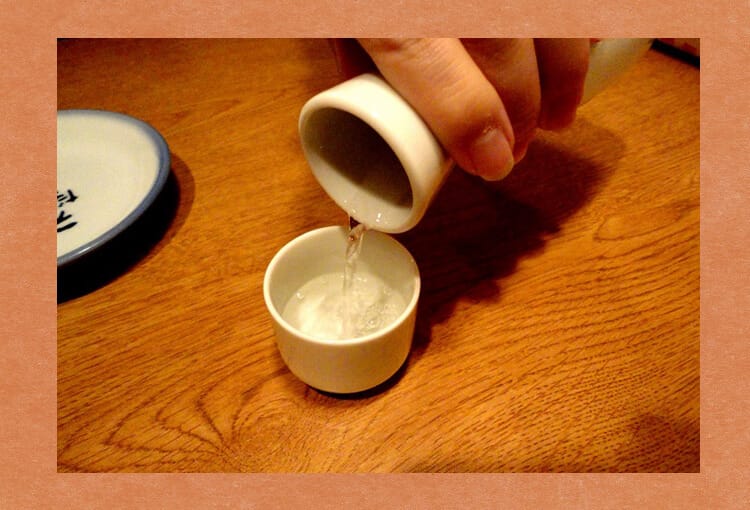
The classic Koshihikari, which is difficult to grow, was cultivated on terraced rice fields, and the snowy country's tenacious humanity was created using neat and clean water.Concept 15 year Niigata classic Koshihikari Junmai Daiginjo "Phantom Sake".
Be sure to compare the taste, aroma and umami of the special sake brewed from the terroirs of the three regions.
→Click here to compare Amazon Koshihikari's fantasy sake 3 brewers
Reference site
(1) Atsushi Uejima, Professor, Faculty of Agriculture, Kobe University"Inheritance of heart white expression in sake rice"Liquor Research Institute
(2)"Koshihikari BL"Wikipedia

